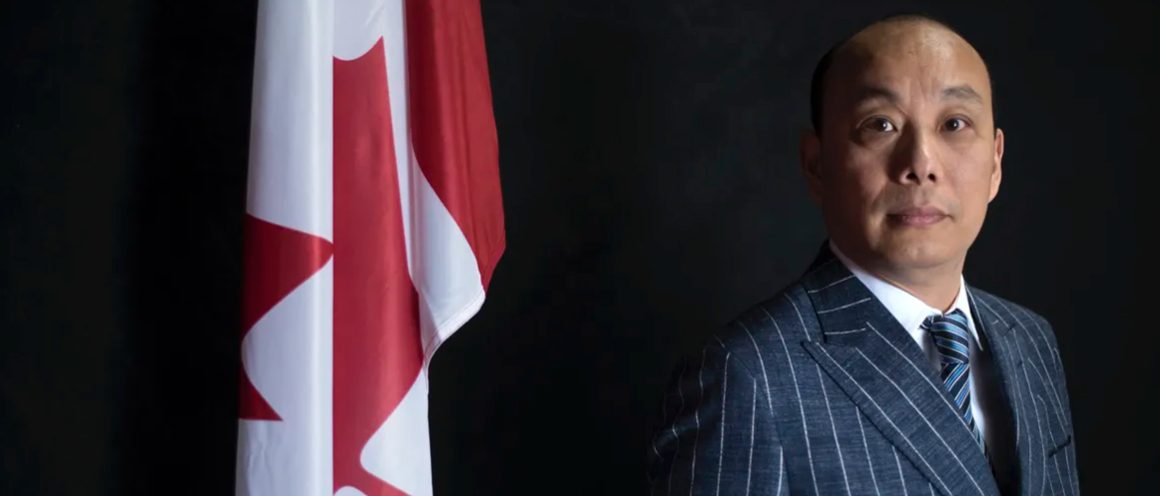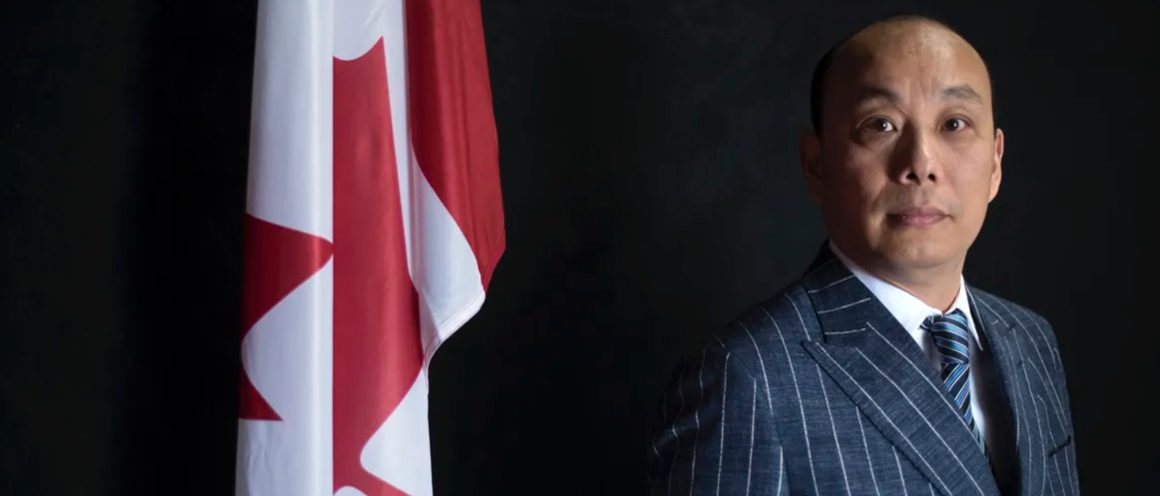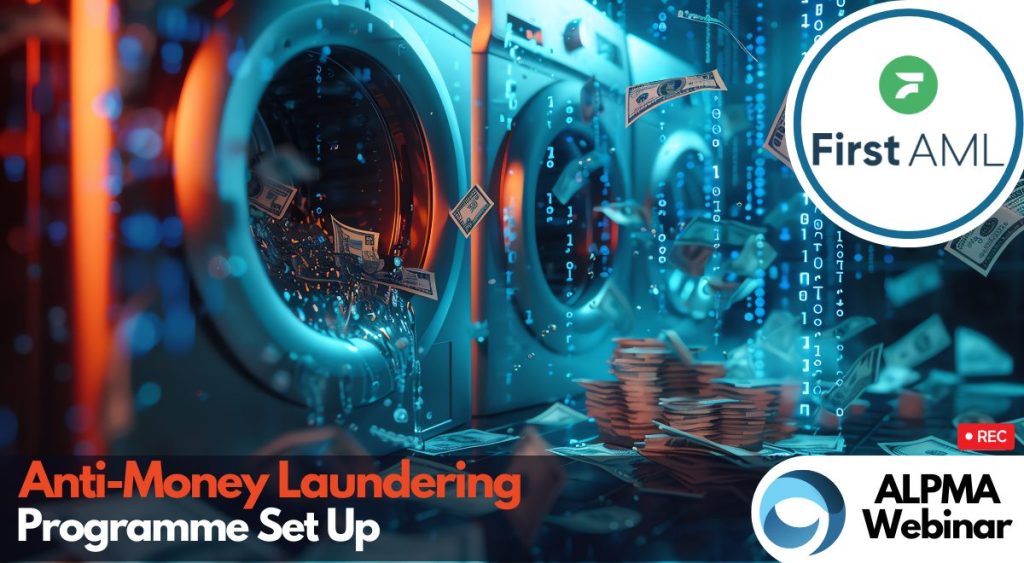A charming stranger
Let the cleaning begin
While busy schmoozing the political class, Gong was also busy laundering money. Between 2012 and 2017 Gong set up a string of companies and fraudulently sold hundreds of millions of dollars of securities to Chinese citizens for two of them; O24 Pharma PLC and Canada National TV Inc.
Despite Canada having robust AML laws, Gong claimed in a 2018 interview that his original source of wealth was gained from an alleged $202m scheme selling medicines in China.
During the same interview, when questioned on his adverse media results, Gong claimed the evidence against him was gathered by coercion in China and that he was fleeing political and criminal persecution.
Nothing more was asked. He had the money and a plausible story. That was good enough for some.
With his access granted into the legitimate financial system, Gong wasted no time using it to clean his ill gotten gains from his fraudulent securities rort. Over a five year period, Gong’s cleaning spree spanned the globe. This is what is known:
2012
Gong bought the first of two million dollar properties in Auckland, New Zealand. Exploiting the ease of international property purchases and New Zealand’s trust laws, Gong easily set up a trust that ensured anonymity.
2015
Gong bought a second million dollar property in Auckland, New Zealand.
Around this time Gong connected with convicted mother-son duo Qiang Fu and Fuqin Che of Jiaxin Finance. The trial held in 2018 revealed they “intentionally concealed” Gong’s money in New Zealand with the help of Che and Fu.
They set up a shell office in Auckland for Gong’s sole benefit during the company’s offending in 2015 and 2016.
This is also the year when ANZ bank alerted the New Zealand Financial Intelligence Unit (FIU) that there were large sums of money being transferred to Gong’s account. This was thanks to the Anti-Money Laundering and Countering Financing of Terrorism Act 2009 (AML/CFT Act) requiring banks to do so.
Gong also tried to enter the country with 34 bank cards and more than NZ$10,000 in cash. He was detained but later released.
2016
Despite rising suspicions, and showing just how deeply interconnected the world of dirty money is, Gong became involved with a Ukrainian banking tycoon Ihor Kolomoisky, who also used a Ponzi scheme to launder hundreds of millions of dollars. In this deal, Gong bought the former Motorola plant in Harvard, Ill. from Kolomoisky.
The law acts
Despite his best efforts, the law was onto Gong. In March 2017, the New Zealand Police froze nearly $70m of his assets as part of a global investigation.
Then, in December 2017, Gong was arrested in Canada charged with fraud and money laundering over an alleged pyramid scheme involving the “fraudulent sale of hundreds of millions of dollars” in shares in China and placed on house arrest.
Gong bided his time until 2020, when his time in court to reclaim his frozen assets arrived. He wasn’t going down without a fight for ‘his’ money, and mounted his defense from Canada.
A very smart move.
Gong engaged a ‘Queen’s Counsel’ (QC) defense lawyer, but under New Zealand law, defense lawyers are not covered by AML regulation. Therefore, this QC was under no obligation to verify who Gong was or how he would pay for their services.
Luckily (but not for Gong), the QC engaged a New Zealand accounting firm, who use the First AML platform, to hold in escrow, Gong’s payment for the QC’s services.
This process thereby triggered the due diligence process thanks to the 2019 New Zealand AML / CTF act requiring AML be conducted by all accounting firms.
Gong vs First AML
The investigation begins.
Using the First AML platform the compliance specialist got to work. For privacy reasons we’ll call the analyst Sam. From the outset Sam was suspicious but also had to approach it without prejudice. “I’d read the articles on his conviction, and knew he was on house arrest and thought ‘okay, he seems like a dodgy guy.’ But you know, he might be legitimate. He could have had legitimate employment in Canada while he was running his Ponzi scheme. The key question was, ‘where’s the money coming from that he’s going to pay the QC with.’”
Simple at first.
At a glance, the case was straight forward, “On the surface it was very simple.” Explains Sam. “I was told, ‘This is Gong’s accountant’s email, and you can contact him via that only.’ This isn’t unusual with high net worth individuals and it was just two individuals we needed to verify; the accountant and Gong.”
The accountant was a small practice in Canada, so Sam expected delays as the accountant juggled billable hours against information requests.
“It ended up being quite a long case in that it took two to three days between email requests and responses, but it all seemed to be going as expected. After a few chase ups, we finally got his certified passport and certified address documents.”
From here Sam dug deeper, “I had his address document and saw that Gong was living under house arrest in a known affluent Toronto suburb. I remember thinking, ‘Wow, yeah, this is the detail I need to see.’”
By that point, Sam had a clear picture; a pyramid scheme, convicted of fraud, on house arrest and obviously very wealthy. “Crime does pay until they put an ankle bracelet on you – but even then, you’re just on house arrest living in a pretty nice place.” Sam mused.
“Crime does pay, until they put an ankle bracelet on you.”
Playing hard to get.
Despite being cooperative at the beginning, Gong’s Canada-based accountant became increasingly difficult to engage with. “So after a bit of back and forth, making sure all the individual’s [Gong’s] details were right and certification dates were right I said, ‘Right, so now we need documentation confirming your client’s source of wealth please. And he’s like, ‘I’m working on it’.”
It was the same response for the next three weeks, despite Sam following up every few days. “The first time the accountant said ‘I’m working on it’ I thought, okay that’s reasonable. Second time, it was a bit more questionable and after that it was very obvious that the source of wealth documentation was unlikely to be provided.”
On occasion the accountant added some details to the email conversation to seemingly justify the delay, “A few times I got responses like, “Oh, look, I’m working with a lawyer and we’re just going over all the numbers and verifying everything together.”
Time’s up.
After almost two months Sam was notified that there was an ‘index’ on the court case. Meaning they were about to hit a deadline after which the QC wouldn’t be able to defend Gong. This was the leverage point Sam needed. “I emailed Gong’s Canadian-based accountant and told him about the index date, I told him he had two days left, otherwise this whole thing would fall over.”
After many weeks of what seemed like evasiveness, a source of wealth letter was received from the accountant. “The letter said that the individual [Gong] had received his money by borrowing it from some friends. That was all it said, and it was signed by this random lawyer that I’d had zero contact with previously.”
This was a major red flag for Sam as a letter such as this should include a lot more detail. “What you’d usually see if it was legitimate”, explains Sam, “Would be something along the lines of: ‘Jane Mary Doe, born 5th December 1984, lent $70,000 on the 3rd May 2021 and said Happy Birthday. It’s yours to keep.’ type of thing, together with a deed of gift.”
“I immediately started thinking, ‘This is ridiculous, it’s obviously not legitimate money.’ So I Googled the mystery lawyer’s name, and cross checked against the Ontario Legal website, which lists all lawyers and their associated firms, but he had zero web presence. I eventually found one reference to him, buried deep in the Lawyer and Paralegal Directory of the Ontario Legal committee.”
In other circumstances a brief note may suffice, Sam explains, “From a low risk customer, two to three lines of something like, ‘Hey, they sold their house a few years ago and made some great capital gains and they’re doing quite well financially and I sign this off.’ That’s fine. But when you’re dealing with someone that was a registered PEP [politically exposed person], is convicted of fraud, and has behaved suspiciously…it’s just too many red flags to ignore.”
The outcome
Based on a thorough process and persistence, the QC’s accountant abandoned the case.
Ultimately, the case went to court in 2021. Court documents showed that, in addition to the properties, Gong had also deposited $77m into New Zealand over seven years, trying to hide his proceeds of crime and distance himself from his pyramid scheme.
At the end of the hearing, Gong signed a plea deal for his ill gotten gains, and the New Zealand government retained the frozen money.
In 2022, Gong pleaded guilty to Canadian charges of offenses related to operating a pyramid scheme and using forged documents. Due to his assets being confiscated in New Zealand, The Crown withdrew charges.
Love your true crime? So do we! Check out these other great reads in our true crime series:





